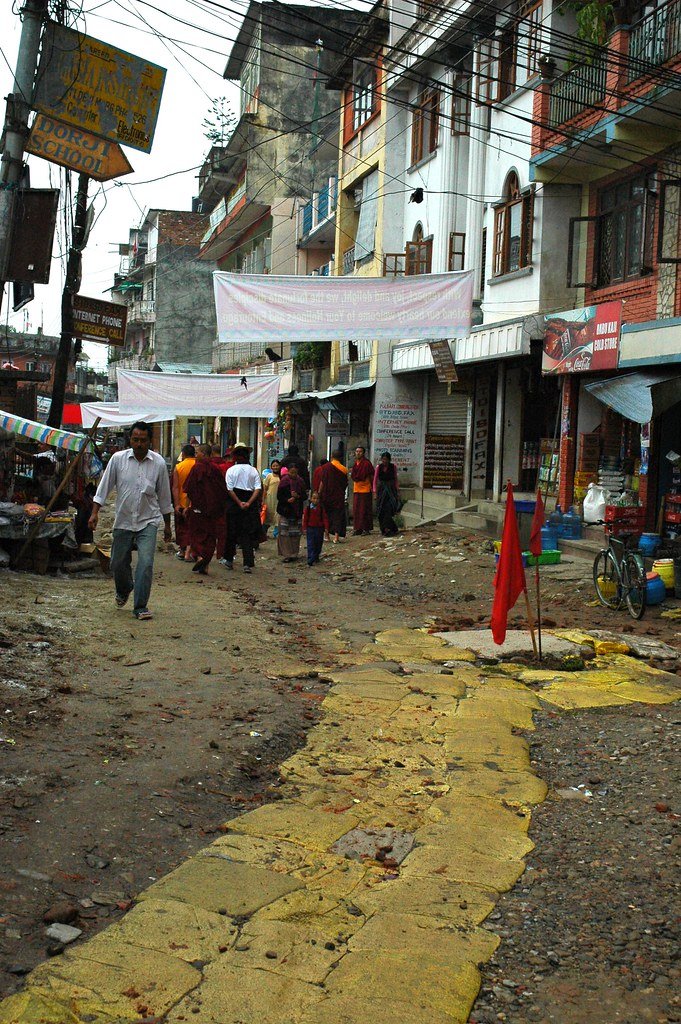In the southern heartland of China, a region known for its vibrant manufacturing sector, the aftermath of Typhoon Haikui was a scene of devastation. Shop owners tried to reclaim what was left of their establishments, facing the daunting challenge of dealing with the extensive damage caused by the typhoon.
Typhoon Haikui made landfall two days ago. It was no ordinary storm. In Hong Kong, Haikui unleashed the heaviest rains witnessed since record-keeping began 140 years ago. Over 200 mm (8 inches) drenched the territory, a downpour that claimed two lives and injured over 140 people, according to state media.
The ripple effects of the typhoon were not limited to Hong Kong. Neighboring Shenzhen, a hub for tech companies, felt the full brunt of Haikui’s fury. Flooding incapacitated subways and other forms of transportation in the district of Luohu, which was hit hardest. However, by the time Saturday dawned, Shenzhen had mostly recuperated, showing the resilience of its infrastructure and its people.
Yet, the storm’s tale of destruction was far from over. The town of Tangxia, located within the extensive manufacturing city of Dongguan, became the storm’s latest victim. Streets were transformed into flowing rivers, as waters rose, engulfing everything in their path. The scene was surreal, reminiscent of the aftermath of a dramatic monsoon. State media images showcased rescue teams navigating these new-formed waterways in dinghies, coming to the aid of stranded citizens.
Among the affected was Zhang Lu, a 42-year-old fruit shop owner. The visuals at his shop were haunting. He was seen using a hose to wash away the thick layers of mud that covered his crates. His business partner was equally occupied, painstakingly scraping mud off the shop’s floor. The anguish in Zhang’s voice was palpable as he recounted the incident. “Everything got submerged, everything,” he lamented. “Even the display screens were all damaged. The gravity of the situation is severe.” He produced images of his shop during the flood’s peak. Waters reached the ceiling, and half of the shop’s front was under water. The financial toll of the damage was considerable, with Zhang estimating his losses at over 200,000 yuan ($27,000).
Zhang’s narrative took a more personal turn as he spoke about the origins of his shop. “I opened this store with borrowed money,” he shared, a hint of despair in his eyes. “Everything was funded through loans, and now, I’m left with nothing.”
Not far from Zhang’s shop, 53-year-old Huang Lizhong was grappling with a similar predicament. Outside his leather shop lay a heap of plastic packaging, rags, and debris. Huang was seen desperately pushing water away from his door. For him, this wasn’t the first flood, but it was undoubtedly the worst in recent memory. “The severity of this flood surpasses any I’ve seen in the past years,” Huang said. His estimated damages were even more significant than Zhang’s, standing at a staggering 500,000 yuan.
While individual stories like Zhang’s and Huang’s painted a picture of personal loss, the larger community too was rallying together. Nearby, workers were diligently loading trucks with foliage, likely cleared from roads and pavements. Pedestrians had to navigate around piles of detritus, a testament to the typhoon’s widespread impact.
Yet, nature’s fury was not done. The China Meteorological Administration issued a statement on Saturday, cautioning residents of more to come. Short but intense bouts of rainfall were forecasted for the southern Guangdong province. Neighbouring areas like the Guangxi region and the island of Hainan were also on high alert.
The tale of Typhoon Haikui serves as a sobering reminder of nature’s unpredictable power. While the storm has moved on, its effects will linger for a long time. In its wake, it leaves a trail of devastation, heartbreak, but also resilience, as communities rally together to rebuild and recover.
Read More:
